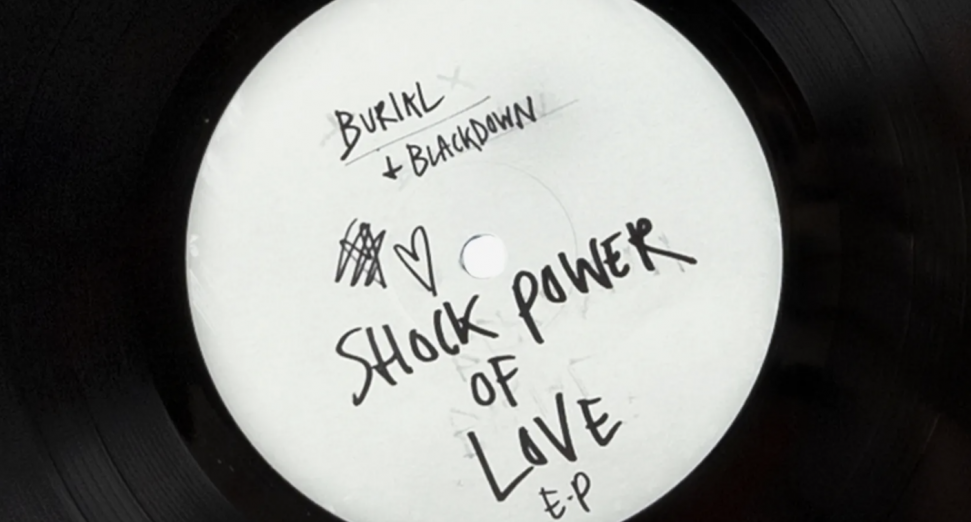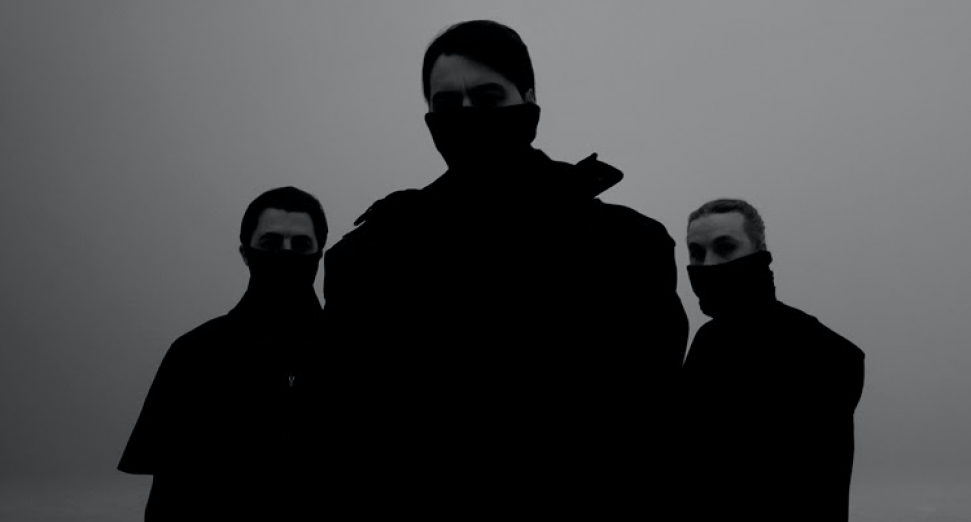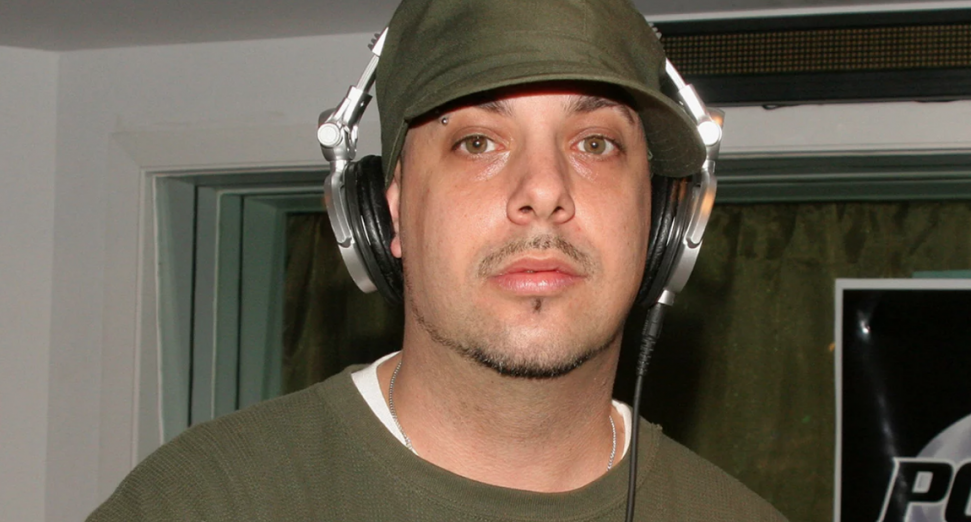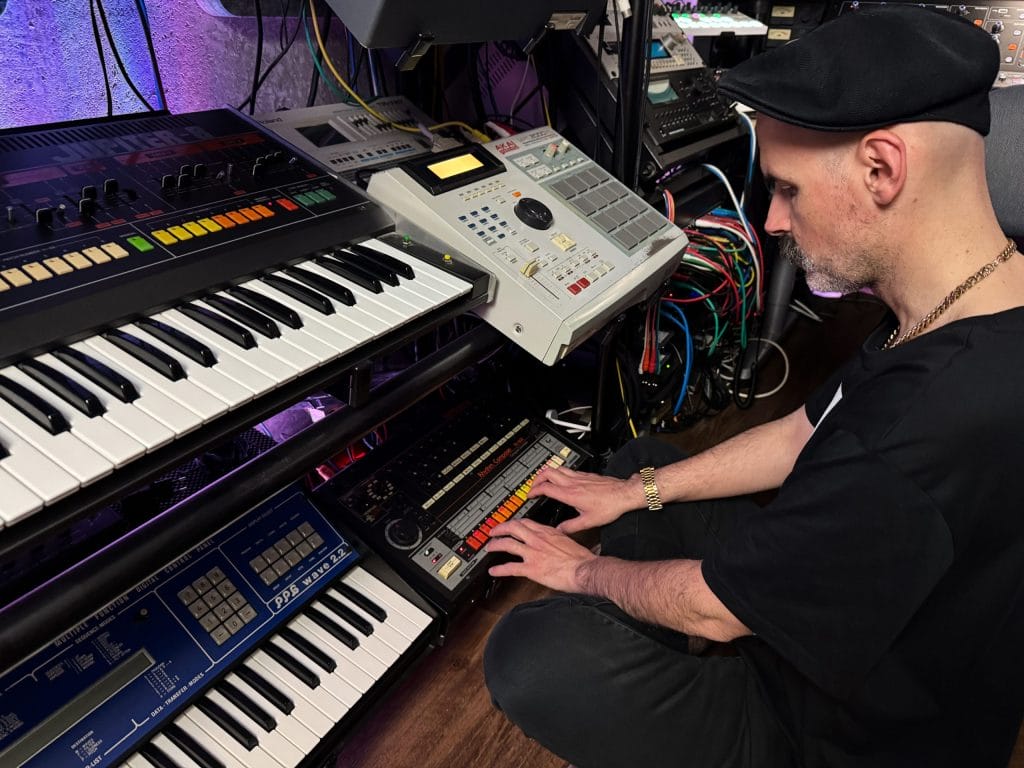
How Italo Brutalo’s Gear Obsession Led to His Most Stripped-Back Tracks Yet
When you’ve owned over 1,500 pieces of hardware across two decades, you don’t just make music—you build ecosystems. That’s exactly what Italo Brutalo has done. His latest album Second Horizon, released via Berlin’s Suess Media, might be his most minimal to date, but it’s also the most intentional. Built entirely on a custom-built modular rack, the album trades flexibility for feel, automation for instinct, and overproduction for something raw, honest, and still deeply danceable.
Across our conversation, Italo Brutalo reflects on this new creative phase—why he’s narrowed his setup, how limitations force better decisions, and what happens when you stop aiming for trends and start following your gut. There’s plenty to unpack here, from Roland love affairs to dystopian motifs, but at the heart of it is a producer reconnected with his core process and finally trusting its evolution.
What made you realize you didn’t need as much gear as you thought?
I realized that at the time when I had my first production on the music television station called Viva. The first demo of it took me half an hour to produce – just with a few samples from records and an Akai MPC3000. That was the moment I realized that you do not always need a bunch of equipment, even around that time (around 2000).
How do you decide when something deserves a place in your setup long-term?
If it inspires me to make music and it matches with my way of thinking and working, it has a good chance to stay in my setup long-term. After so many years, I know very quickly if a synth or drum machine is interesting for me or not. It’s the same when I listen to promos – within a few seconds, I know if something will be played in my sets or not. The same with gear. I am a huge fan of good design. Unfortunately, these days some manufacturers don’t pay much attention to design or the build quality of their products. I understand that producing gear is expensive, but if they invested a little more, more people would buy their gear.
Have you made better music with less — and what did that teach you?
It’s not possible to compare. The more stuff I was able to work with, the more experience I got – and the better my music became in terms of production skills. With the knowledge I have now, I would have made amazing music 30 years ago as well. So it’s not always a question of how much gear you use.
What’s helped you avoid buying into every new tool or plugin?
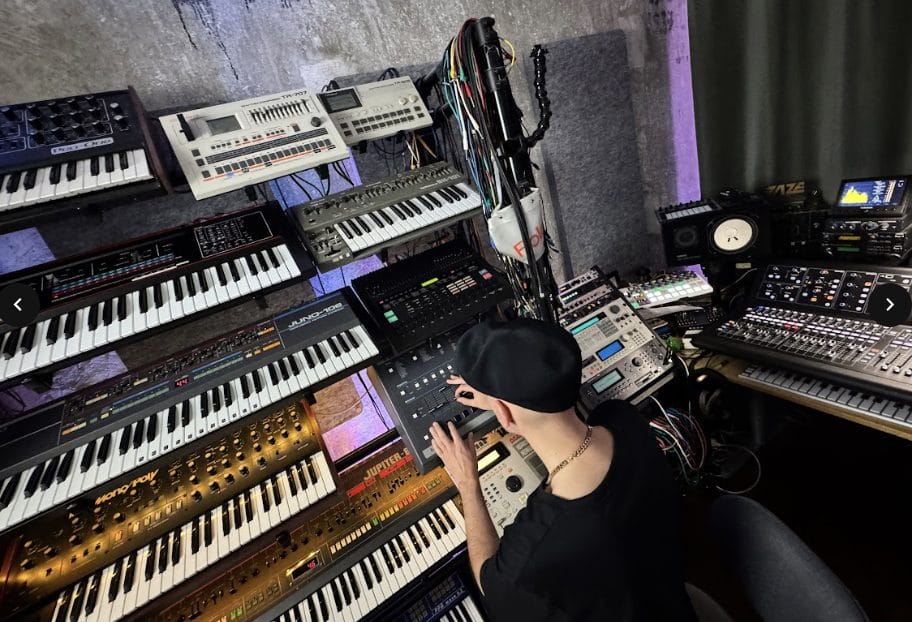
Lack of time.
Every day there are new synths, plugins, etc. It’s impossible to stay up to date and make music at the same time. Some people I know are always into the latest gear coming out – but those people don’t make music. I want to make music, not hunt gear.
Is there a piece of gear you’ve committed to learning instead of replacing?
Yes there are some: Korg Poly-800, Ensoniq ASR-10 and Kurzweil K2000r.
When has too much gear actually slowed you down or made things worse?
Around 2000, I moved from the countryside to Munich. At that time, the internet came up with eBay and other online markets on one hand. On the other hand, there were still so many people afraid of the internet and still selling their equipment in newspapers. On top of that, computers became more powerful and were able to handle not just MIDI but also audio. So a lot of gear (especially samplers) became more or less obsolete to many people.
At that time, I had the feeling like it must have been at the Klondike River in the late 19th century. There were days I picked up gear from three different sellers in one day. Totally crazy. Most of it was very cheap. In the early 2000s, I bought around 1,500 units.
What would you tell someone who thinks new gear will solve their workflow issues?
I would tell them to rethink their workflow and how they create – and to find a way to make music with the stuff they already have. Equipment must not be an excuse to not make music.

